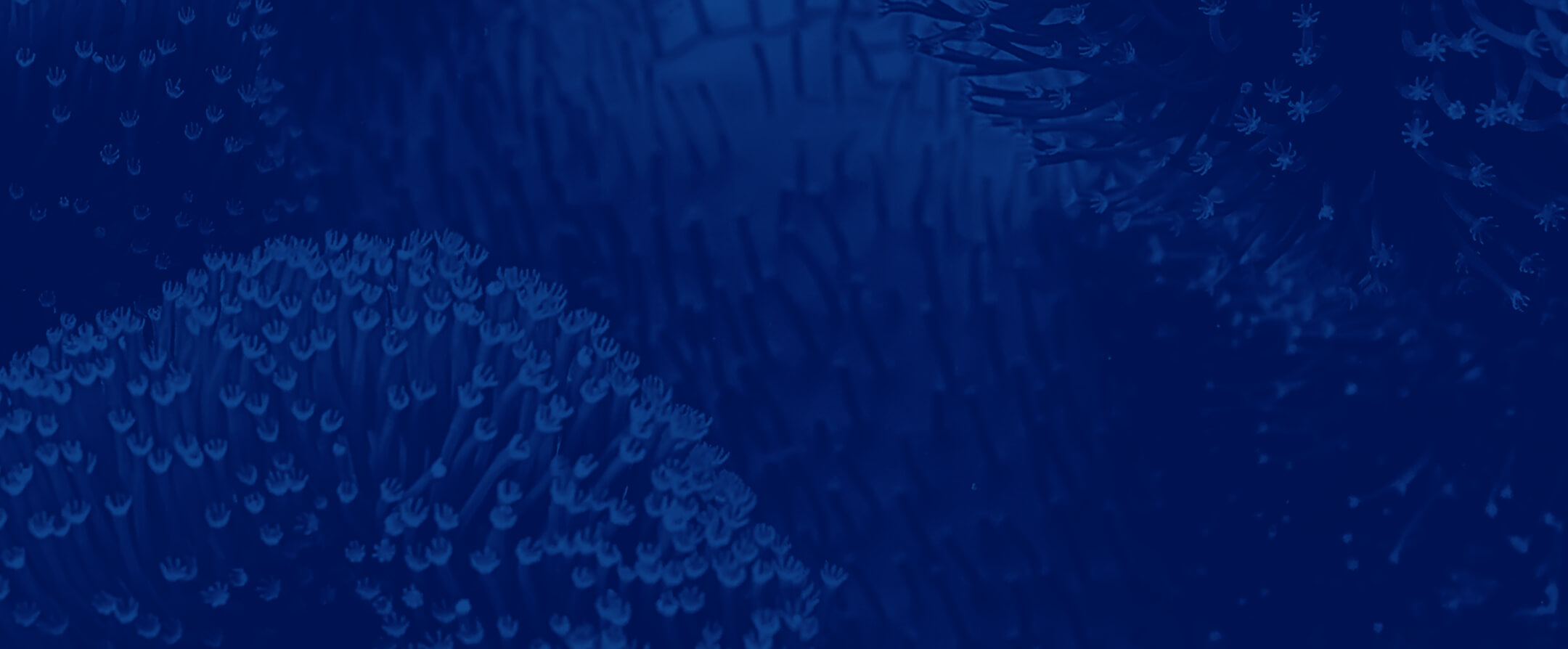Mote has continued to strongly believe that it is in the best interest of its resident manatee born at Miami Seaquarium, named Buffett, to have manatee companionship, and we’re pleased that the U.S. Fish and Wildlife Services (USFWS), Florida Fish and Wildlife Conservation Commission (FWC), and the Manatee Rescue and Rehabilitation Partnership (MRP) agree and USFWS has since approved the introduction of a rescued manatee with Buffett to take place on September 11, 2024 at Mote. While Buffett’s best interests have been a focal point for USFWS, FWC and Mote, the decision to introduce another manatee to Buffett has to also be in the best interest of the companion animal, and we’re pleased that all involved agencies and organizations agree this introduction is what is in the best interest for both manatees.
Today, the preliminary introduction of these two manatees is taking place in a controlled setting to ensure the animals are compatible with each other.
For the health and safety of the animals, and in accordance with Mote’s strict animal introductions protocol, the manatees’ habitat is temporarily closed to guests while the introduction takes place.
Since USFWS, FWC, and MRP determined, and Mote agrees, that it is in Buffett’s best interest to remain in human care at Mote with a companion animal, all involved organizations started to work collaboratively to take the necessary steps to find Buffett a compatible companion, while ensuring the introduction is in the best interest of both animals. The process of finding a suitable companion manatee in managed care is complex and involves many partners and factors, including manatee gender, age, size, as well as medical and behavioral history, and ensuring the introduction is what is best for the companion animal, not just Buffett.
Separation plans, if needed
In preparation for the manatee introduction, Mote has created plans and procedures that have been reviewed and approved by USFWS and partner organizations, to ensure the manatees’ habitat is best equipped with the necessary separation abilities. These abilities include extra separation gates in the main manatee habitat and having a functioning medical pool that is physically separate from the main manatee habitat, should the manatees be deemed incompatible and need to remain separate. Mote’s veterinary, hospital and animal care team has prepared thorough introduction plans to minimize the risks of introducing large male manatees as much as we possibly can.
All facilities in the U.S that rehabilitate and/or house manatees are permitted by USFWS. USFWS governs and manages all manatees in human care, in cooperation with FWC and MRP, and is the entity that is ultimately responsible for decisions about manatee transfers and placement. Mote will continue to work closely with USFWS, FWC, and MRP and strive to continue our shared goal of ensuring the highest quality care for both manatees.
The following is some additional information regarding how and why decisions have been made in determining Buffett’s future.
Factors in determining Buffett’s and his new companion’s future:
- Buffett was born in human care at the Miami Seaquarium and likely would not survive outside of human care.
- Previous attempts and trials of other manatees born in human care being released led to poor outcomes, often resulting in death (Adimey et al. 2016).
- Under the direction of USFWS, manatees are not permitted to cohabitate with manatees of the opposite sex, as it is illegal for them to reproduce under human care.
- Strategic planning occurs when determining where manatees will be rehabilitated and/or placed permanently in order to maintain females and males separately. For this reason, Buffett may only reside with male manatees.
- It is not in Buffett’s best interest to be moved to what are often referred to as manatee refuges or manatee sanctuaries.
- Such places as Crystal River or TECO provide open, non-enclosed, safe places for wild manatees during the winter months.
- Unfortunately, these places are not enclosed, which is necessary for manatees like Buffett, who would not thrive in the wild as an animal born in human care.
- Manatees that are not being released to the wild must be cared for at a USFWS permitted manatee facility.
- Ellie Schiller Homosassa Springs Wildlife State Park, a USFWS permitted manatee facility that is often referred as a sanctuary, is the only natural spring with year-round enclosed areas for resident manatees. However, it currently only houses female manatees, so Buffett could not be transferred there.
- USFWS, MRP, and Mote have concluded that it is in Buffett’s best interest to be introduced to another large manatee as a companion.
- One of the challenges in determining placement and companions for manatees is space limitations within manatee facilities as most are full of manatees being rehabilitated, and also the considerations of compatibility and management of adult males.
- All agencies involved are pleased that a companion animal for Buffett has been identified, and all are hopeful the physical introduction is a success
Mote’s top quality animal care recognized by USDA
During a recent United States Department of Agriculture (USDA) inspection on May 21, 2024 Mote was found to be in compliance with USDA animal care regulations, and Buffett was found to be in good care and condition.
Mote’s animal care team will vigilantly oversee and assess the manatee introduction to ensure a smooth acclimation for both animals. Separation protocols have been put in place in the event the manatees need to be separated at any point. This rigorous monitoring and protocol adherence is part of Mote’s commitment to maintaining the highest standards of care.
Thank you for your ongoing support as Mote and its partners continue to keep these two manatees’ health and safety as their top priority.


